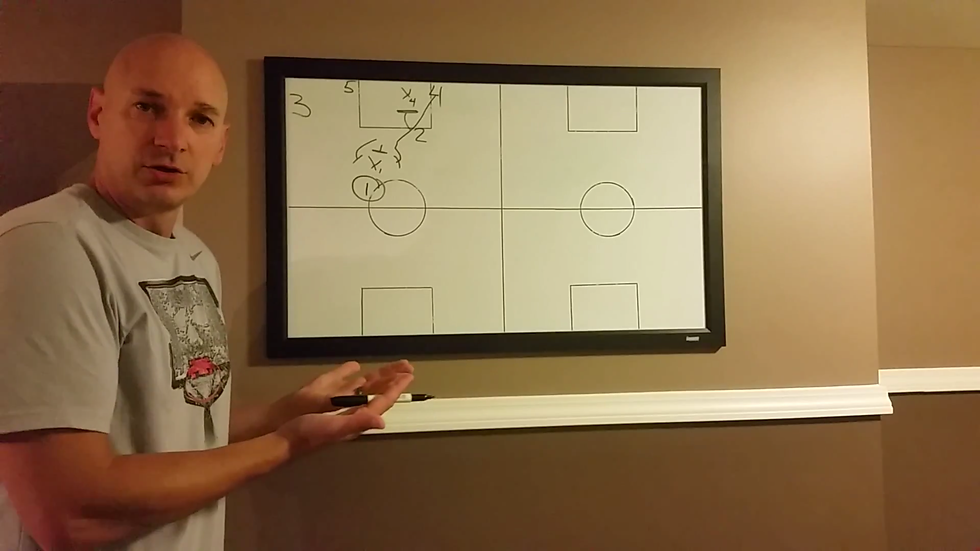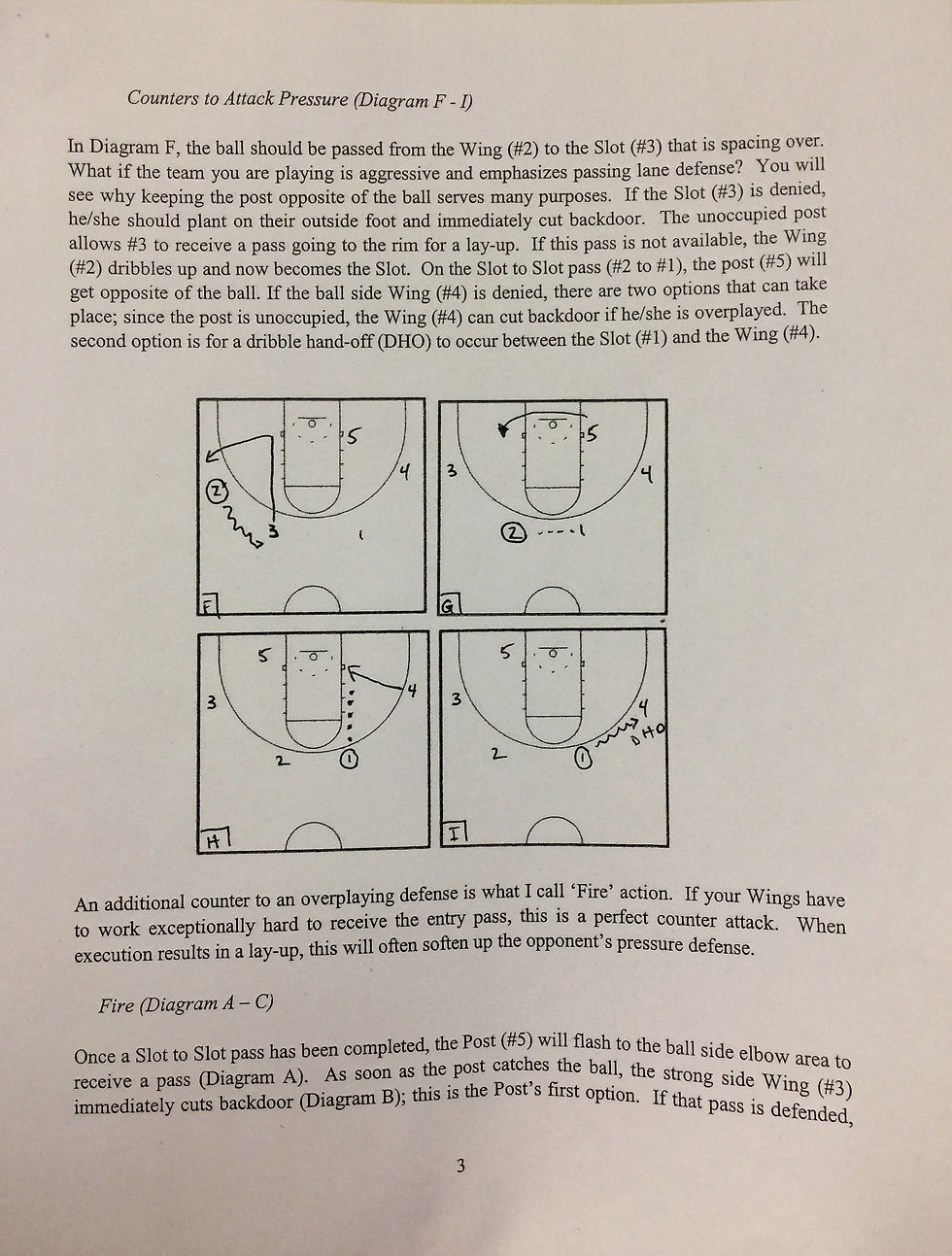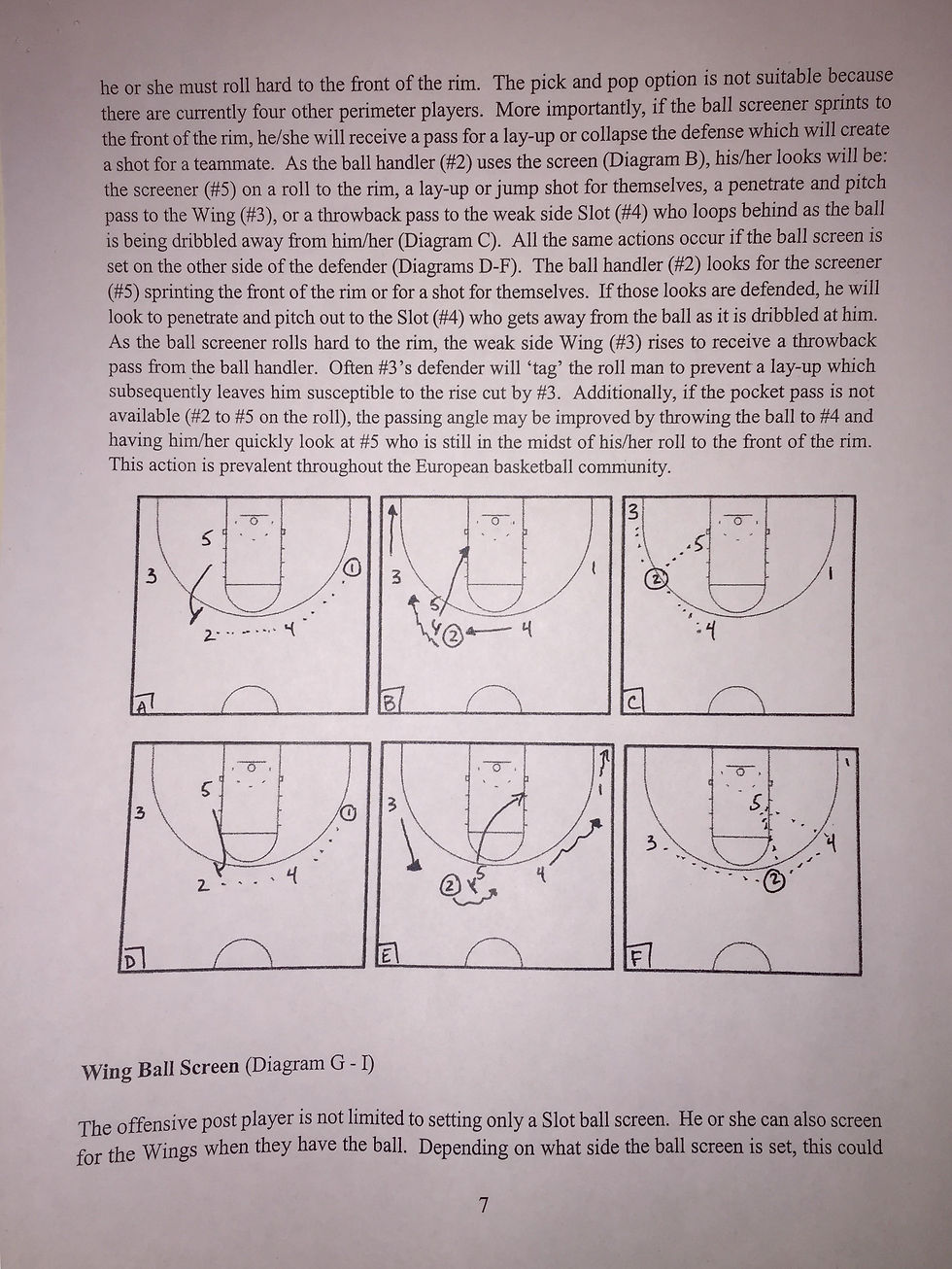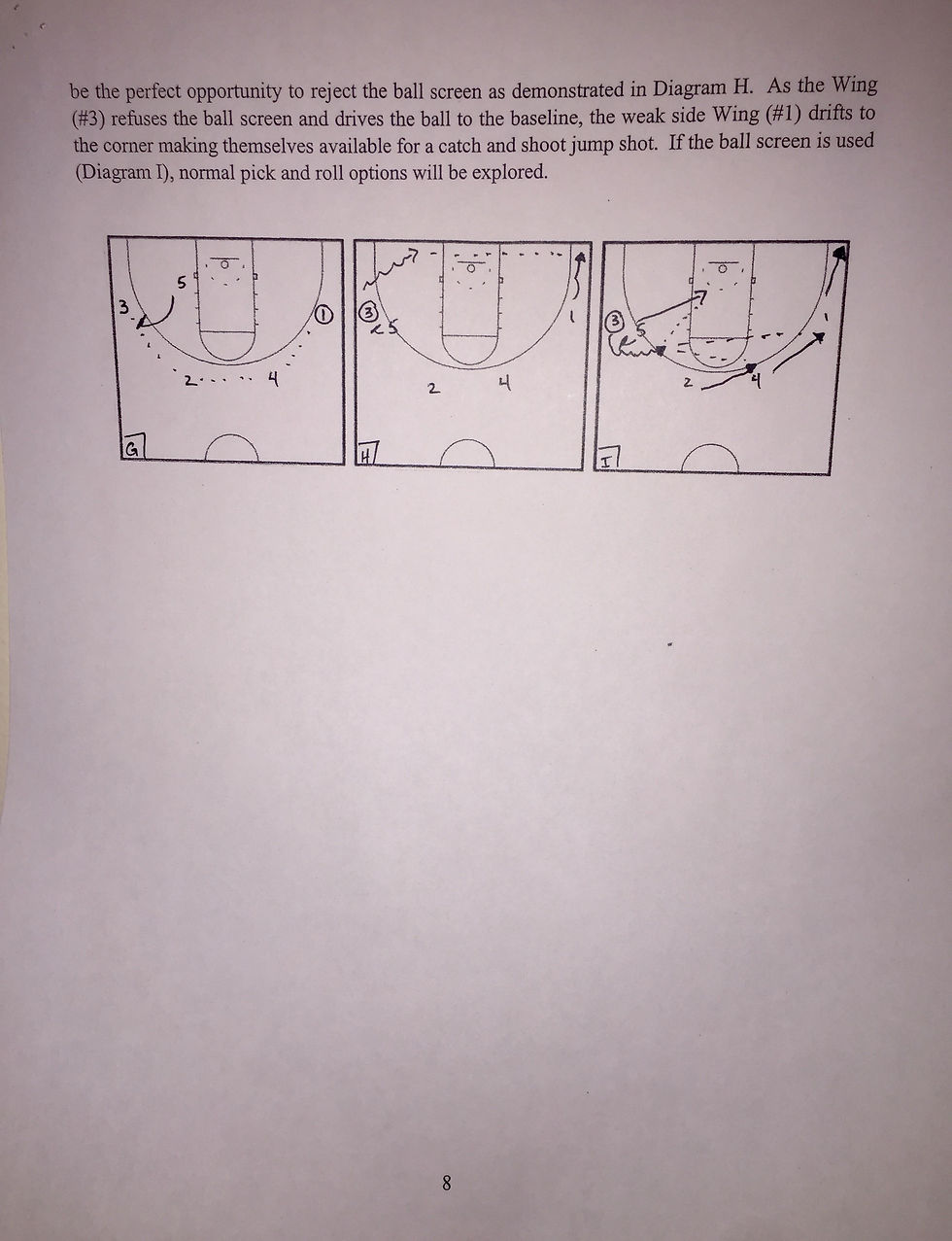The Single Post Offense
- Coach Michael Murphy
- Mar 16, 2017
- 3 min read

The game of basketball is constantly evolving and as coaches, we must evolve along with it. Currently, “position-less” basketball is the latest movement. Often the phrase “pace and space” is associated with this style of play. Being able to play multiple positions on offense and guard multiple positions on defense regardless of size increases your value as a player. A team that has several players that fit this description becomes a nightmare to prepare for. I am going to share with you an offense that illustrates many of the aforementioned concepts. If you wish to incorporate this offense, player development will be instrumental if your program wishes to be successful. Teaching all players how to pivot, pass, dribble, shoot and post-up are critical elements of this offensive system. Additionally, I avoid labeling a player based on their position. For example, I do not have a ‘point guard’ or a ‘power forward’. I divide players into two categories: perimeter players and post players; all team members will spend time in each group for skill development. I will label areas on the floor, which we will get into when discussing specific actions and concepts.
Speaking of concepts, lets discuss a few along with corresponding advantages of a single-post offense. First, by having four perimeter players and only one post, with proper spacing, the floor is open for dribble drives as well as backdoor cuts. Shifting the defense is one of our primary goals; player movement and ball movement are essential if this goal is to be reached. We want the ball to change sides of the floor. One of our mantras is, “first side - second side - money side.” Research indicates that when the ball changes sides of the floor twice (money side), a defense becomes more vulnerable and your shooting percentages will skyrocket based on the field goals your team attempts. A term to help reinforce this concept is, “don’t be a ball stopper.” When you catch a pass, either shoot the ball, pass the ball, or dribble the ball. Villanova head coach Jay Wright believes that a player is never more open than when he first catches the ball. Instill this ideology into your players and make sure they are cognizant of this. Do NOT hold the ball; keep the defense on their heels. Holding the ball allows them to recover and reposition themselves correctly. Another offensive trait that I personally emphasize is cutting versus screening. We rarely screen when executing this offense. I prefer the pass and cut philosophy as opposed to a pass and screen away. Believe me, both philosophies can be successful. However, I have discovered that executing an offense that relies heavily on the use of screens takes an absurd amount of time to teach. Things like, setting up the screen, proper angle of the screener, reacting to how the defense plays you, reacting to what the cutter does if you are the screener, the majority of your practice time will be spent addressing these concepts. I personally would rather spend this time teaching what to do after you catch the ball. For example, developing offensive footwork so that all players are prepared to shoot the ball on the catch, or, attacking an aggressive closeout with a shot fake. The one screen that is a major part of our offense is the ball screen. The use of the ball screen, when and where, will be discussed extensively throughout the remainder of this article.



















Comments